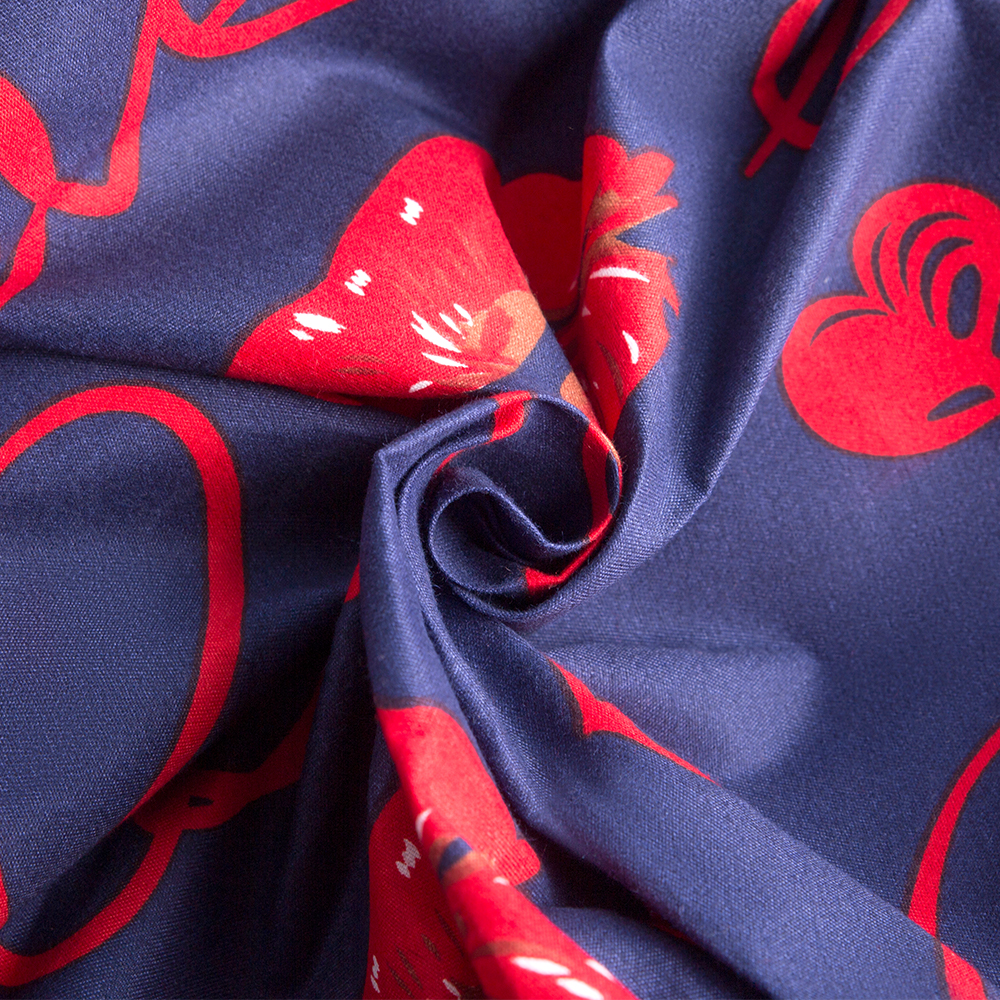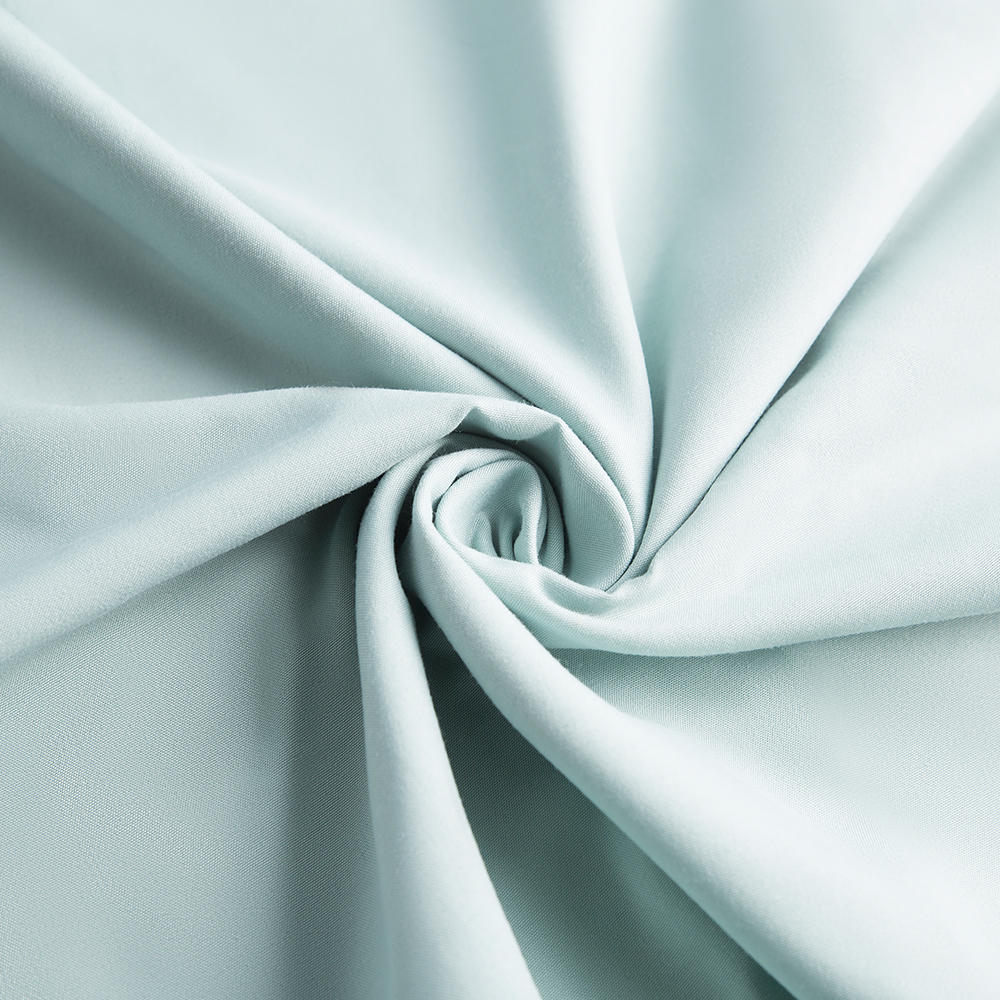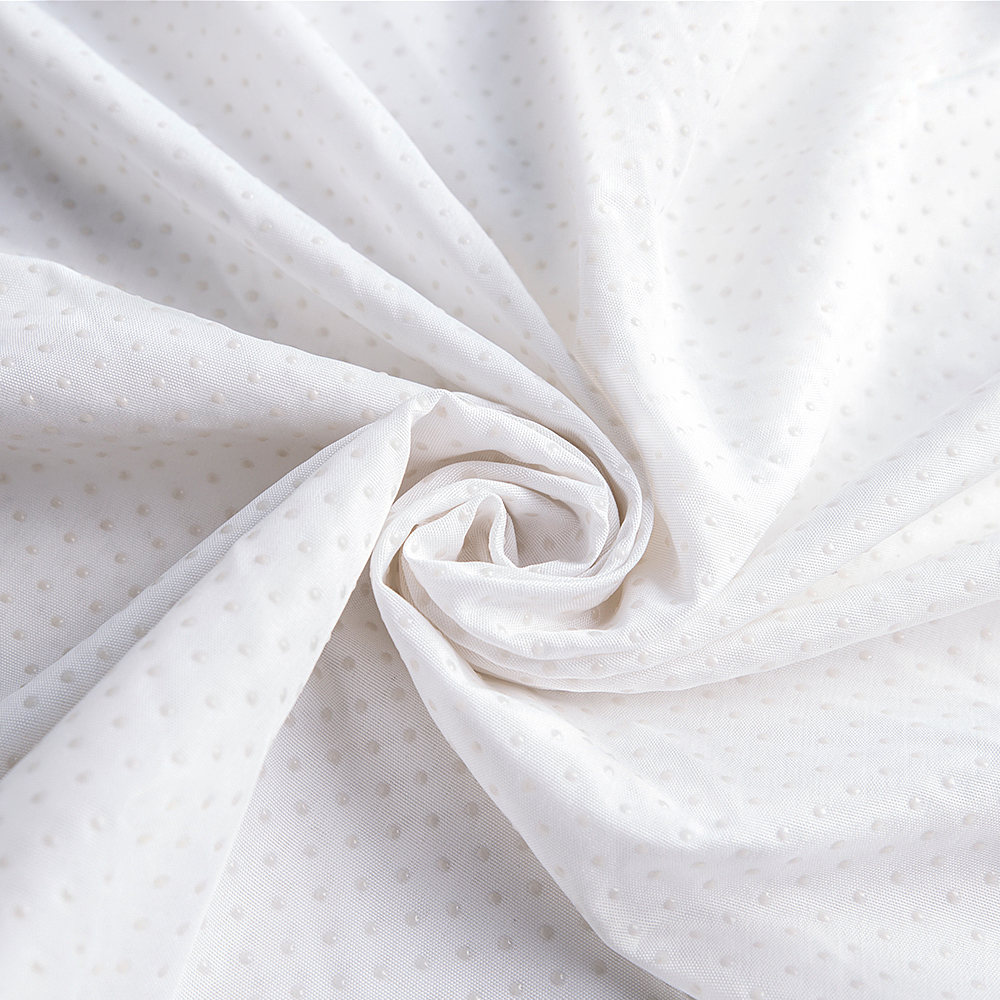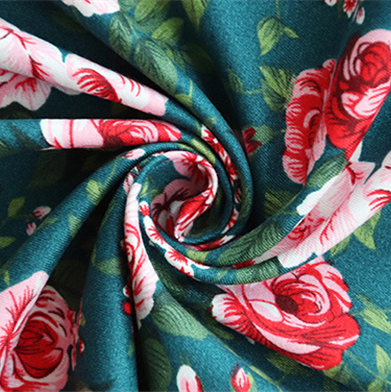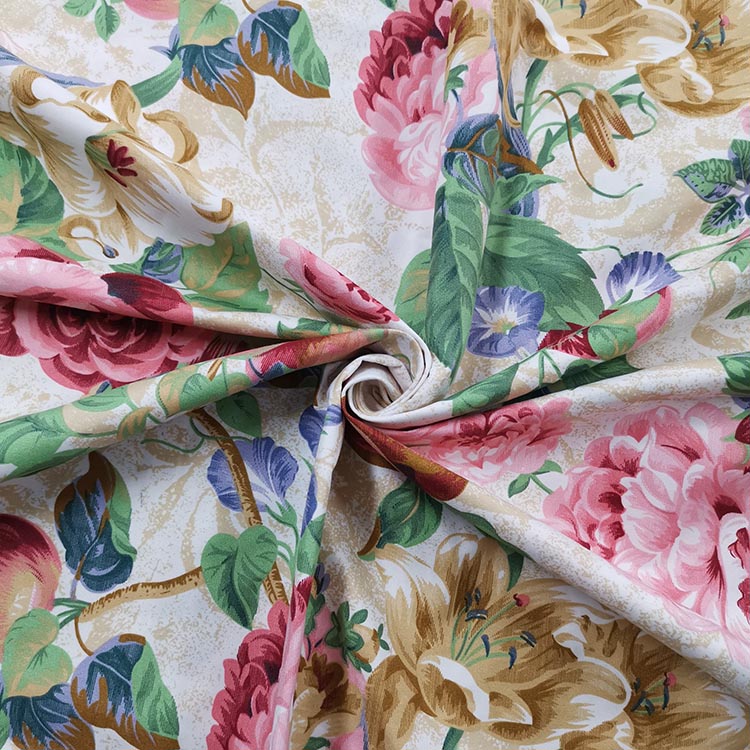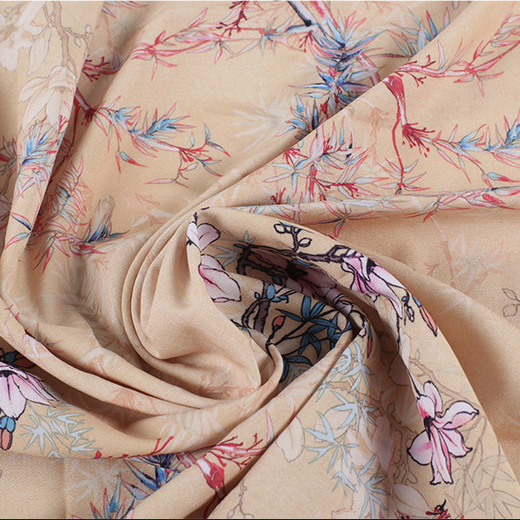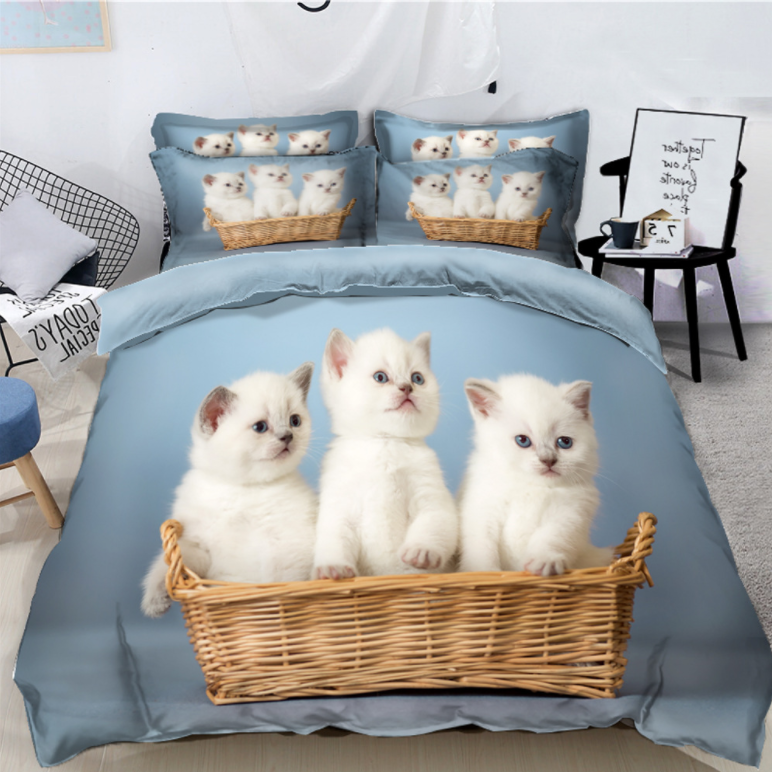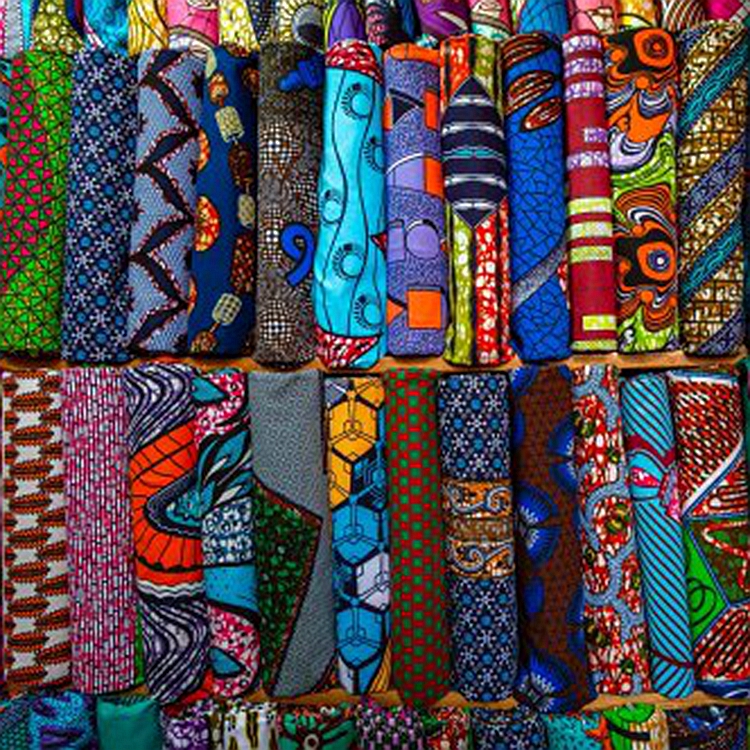In the world of modern textiles, few materials have revolutionized the fabric industry quite like Polyester Microfiber Dyed Fabric. Combining the strength and versatility of polyester with the ultra-fine, silk-like texture of microfiber, this advanced textile has become a top choice for fashion designers, home furnishing manufacturers, and performance apparel brands alike. When enhanced with high-quality dyeing techniques, polyester microfiber fabric delivers not only exceptional softness and durability but also rich, long-lasting colors that resist fading and wear.
Whether you're sourcing materials for activewear, upholstery, bedding, or outdoor gear, dyed polyester microfiber fabric offers a winning combination of aesthetics, functionality, and cost-efficiency. In this comprehensive SEO-optimized article, we’ll explore what sets this fabric apart, its manufacturing process, key benefits, diverse applications, and why it’s shaping the future of sustainable and high-performance textiles.
What Is Polyester Microfiber Dyed Fabric?
Polyester microfiber dyed fabric is a high-performance textile made from ultra-fine polyester fibers—each thinner than one denier (finer than a strand of silk). These microscopic fibers are woven or knitted into a dense, soft, and breathable fabric, which is then dyed using advanced coloring techniques to achieve vibrant, uniform hues.
The term “microfiber” refers to the fiber’s diameter, not the material itself. In this case, the base material is polyester, a synthetic polymer known for its strength, wrinkle resistance, and moisture-wicking properties. When processed into microfiber form, polyester becomes incredibly soft, lightweight, and highly functional.
After weaving, the fabric undergoes a dyeing process—typically using disperse dyes in high-temperature dye baths—to ensure deep color penetration and excellent colorfastness. The result is a luxurious, color-rich fabric that maintains its appearance even after repeated washing and exposure to sunlight.
How Is Polyester Microfiber Fabric Dyed?
The dyeing process plays a crucial role in the final quality of the fabric. Here’s how it works:
Pre-Treatment: The fabric is cleaned and scoured to remove oils and impurities, ensuring even dye absorption.
High-Temperature Dyeing: Disperse dyes are applied under high heat (around 120–130°C), allowing the dye molecules to penetrate the hydrophobic polyester fibers.
Soaping and Rinsing: Excess dye is removed to enhance color clarity and wash-fastness.
Drying and Finishing: The fabric is dried and may receive additional treatments (e.g., softening, anti-pilling, or water-repellent finishes).
Modern dyeing facilities use eco-friendly processes, including low-impact dyes, closed-loop water systems, and energy-efficient machinery, to minimize environmental impact.
Key Benefits of Polyester Microfiber Dyed Fabric
| Benefit | Why It Matters |
| Ultra-Soft Texture | Feels like silk or cashmere—ideal for skin-contact applications. |
| High Durability | Resists tearing, abrasion, and pilling, even after frequent use. |
| Colorfast & Fade-Resistant | Advanced dyeing ensures vibrant colors last through many washes. |
| Wrinkle & Shrink Resistant | Maintains shape and appearance without ironing. |
| Moisture-Wicking & Quick-Drying | Perfect for sportswear and outdoor gear. |
| Stain & Odor Resistant | Repels spills and resists bacterial growth. |
| Lightweight & Breathable | Comfortable for all-season wear and layering. |
| Cost-Effective | More affordable than natural fabrics like silk or cotton, with superior performance. |
These advantages make dyed polyester microfiber a preferred alternative to traditional textiles in both consumer and industrial markets.
Common Types of Polyester Microfiber Fabric
While all microfiber fabrics are made from ultra-fine fibers, they come in different weaves and finishes depending on the intended use:
Microfiber Suede (Ultrasuede®): Soft, brushed surface ideal for upholstery and fashion.
Microfiber Knit: Stretchy and flexible—used in activewear and swimwear.
Microfiber Woven: Denser and more structured—suitable for bags, shoes, and furniture.
Microfiber Terry: Absorbent looped surface—used in towels and cleaning cloths.
Dobby or Jacquard Microfiber: Decorative patterns for premium bedding and drapery.
Each type can be dyed in a wide spectrum of colors, from subtle neutrals to bold fashion shades.
Why Choose Dyed Polyester Microfiber Over Other Fabrics?
Vs. Cotton
More durable and less prone to shrinking
Faster drying and better moisture management
Holds color better; cotton tends to fade over time
Vs. Nylon
Softer hand feel and better drape
Higher resistance to UV degradation
More breathable and less static-prone
Vs. Natural Silk
Similar softness at a fraction of the cost
Machine washable and more durable
No animal sourcing—ideal for vegan and cruelty-free products
Vs. Undyed or Low-Quality Polyester
Superior color depth and consistency
Better light and wash fastness
Enhanced visual appeal for fashion and home décor
Top Applications of Polyester Microfiber Dyed Fabric
1. Apparel & Activewear
Used in leggings, sports bras, jackets, and performance shirts due to its stretch, breathability, and sweat-wicking properties. The vibrant dyes make it perfect for bold athletic fashion.
2. Home Textiles
Found in bedding sets, pillowcases, curtains, and sofa covers. Its softness and color retention enhance home aesthetics while being easy to maintain.
3. Upholstery & Furniture
Microfiber upholstery is a popular alternative to leather—offering a luxurious look, scratch resistance, and easy cleaning. Dyed in rich tones, it elevates modern interior designs.
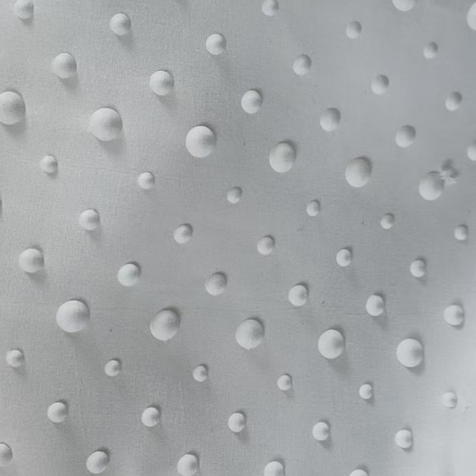
4. Outdoor & Performance Gear
Used in tents, backpacks, and rainwear due to its water resistance, UV stability, and lightweight nature.
5. Automotive Interiors
Car seats, headliners, and door panels use dyed microfiber for durability, comfort, and stylish appearance.
6. Cleaning & Polishing Cloths
Microfiber’s fine fibers trap dust and dirt effectively. Dyed versions help differentiate cleaning uses (e.g., red for bathrooms, blue for glass).
7. Fashion & Accessories
Handbags, shoes, and scarves benefit from the fabric’s drape, color vibrancy, and resistance to wear.
Sustainability and Environmental Considerations
While polyester is a synthetic material, advancements in production are making polyester microfiber dyed fabric more sustainable:
Recycled Polyester (rPET): Made from post-consumer plastic bottles, reducing landfill waste.
Eco-Dyeing Processes: Water-saving dye techniques and non-toxic dyes reduce environmental impact.
Long Lifespan: Durable fabric means less frequent replacement, reducing textile waste.
OEKO-TEX® Certified: Many dyed microfiber fabrics are tested for harmful substances, ensuring safety for skin and environment.
Brands committed to sustainability are increasingly using bluesign® or GRS (Global Recycled Standard) certified microfiber fabrics to meet eco-conscious consumer demands.
How to Care for Dyed Polyester Microfiber Fabric
To maintain color and texture, follow these care tips:
Machine wash cold with mild detergent
Avoid bleach and fabric softeners (they can degrade fibers and fade colors)
Tumble dry low or air dry to prevent shrinkage
Iron on low heat if necessary (use a pressing cloth)
Store away from direct sunlight to prevent UV fading
With proper care, dyed polyester microfiber fabric can retain its beauty and performance for years.
Choosing the Right Supplier
When sourcing polyester microfiber dyed fabric, look for suppliers that offer:
Consistent color matching (using Pantone or custom dye lots)
High colorfastness ratings (Class 4–5 on ISO 105 standards)
Custom dyeing services for brand-specific colors
Eco-friendly certifications (OEKO-TEX, GRS, bluesign®)
MOQ flexibility for small and large orders
Leading textile manufacturers in China, India, Turkey, and South Korea provide high-quality microfiber fabrics for global markets.
The Future of Dyed Microfiber Fabrics
Innovation continues to drive the evolution of polyester microfiber:
Smart Textiles: Integration with temperature-regulating or moisture-sensing fibers.
Bio-Based Polyester: Made from renewable plant sources instead of petroleum.
Digital Dyeing: Precision inkjet dyeing reduces water and energy use.
Antimicrobial & UV-Protective Finishes: For healthcare and outdoor applications.
As consumer demand for sustainable, high-performance fabrics grows, dyed polyester microfiber is poised to lead the way.
Conclusion
Polyester microfiber dyed fabric is more than just a textile—it’s a versatile, durable, and visually stunning material that meets the demands of modern design and functionality. From its silky-soft touch and vibrant color retention to its eco-friendly potential and wide range of applications, this fabric is redefining what’s possible in fashion, home décor, and industrial design.
Whether you're a designer, manufacturer, or retailer, choosing high-quality dyed polyester microfiber means investing in a fabric that performs, lasts, and impresses.





 English
English
 中文简体
中文简体

